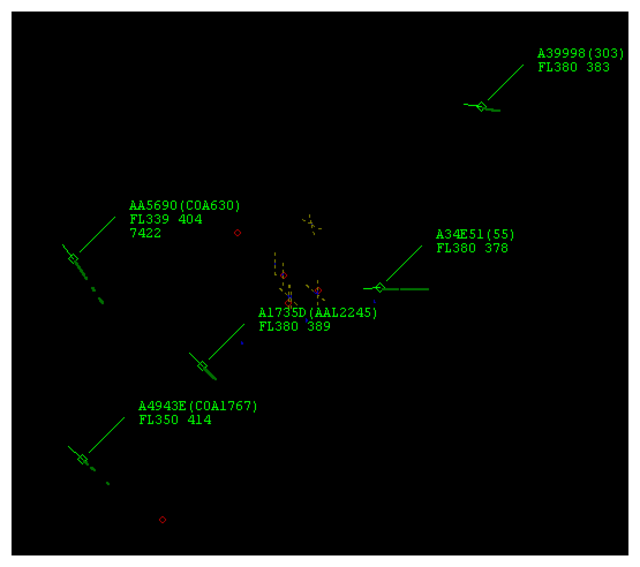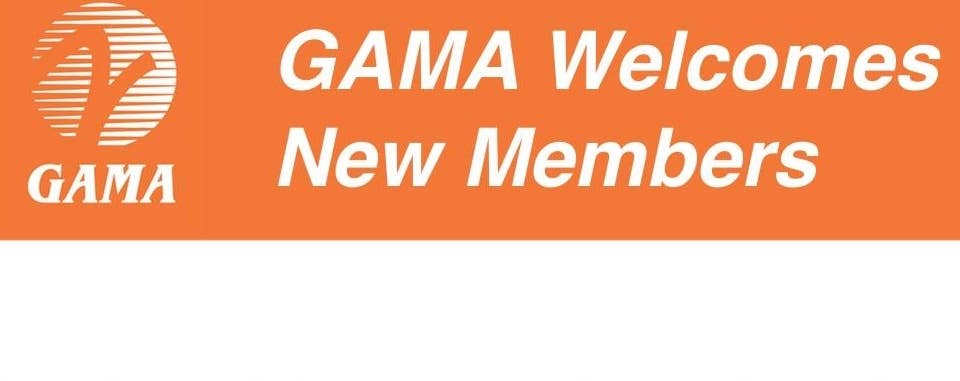AirVenture EAGLE Forum On Unleaded Avgas Drew A Large Crowd
At Monday’s AirVenture EAGLE forum on unleaded fuel, FAA head of certification Lirio Liu expressed optimism that the finish line could come sooner than the group’s published target date of…

FAA’s recently appointed head of certification tried to answer the PowerPoint question behind her during Monday’s AirVenture forum on the future of unleaded aviation gasoline. Photo: Mark Phelps, AVweb.
At Monday’s AirVenture EAGLE forum on unleaded fuel, FAA head of certification Lirio Liu expressed optimism that the finish line could come sooner than the group’s published target date of 2030 but would not promise a detailed timeline. Liu, a longtime top-level FAA executive who has experience with multiple facets of the agency’s oversight, recently replaced Earl Lawrence in the position, and this is her first visit to AirVenture in her new capacity.
The forum consisted of an hour-plus presentation supporting EAGLE (Eliminate Aviation Gas Lead Emissions), a 100-plus-member joint FAA/industry follow-on to PAFI (Piston Aviation Fuel Initiative). A host of presenters made the case for EAGLE slowing the process to be sure “we get it right,” words expressed by—among other panelists—recently retired AOPA Pilot magazine editor (and Bonanza owner) Tom Haines, who served as moderator for the forum.
Several panelists pointed out that a main driver for the effort to remove lead from avgas is an expected draft of an “endangerment finding” on leaded avgas from the Environmental Protection Agency, expected in October. The final finding is not expected until a year later, and panelists said it could be five to eight years before the finding is acted upon—thus the 2030 projected deadline for EAGLE’s program.
Frustration has been building over delays in the FAA finalizing a virtually fleetwide Supplemental Type Certificate (STC) for G100UL, a prospective 100LL replacement developed over the past dozen or so years by Ada, Oklahoma-based General Aviation Modifications Inc. (GAMI), headed by the outspoken George Braly. In the days leading up to AirVenture, there was even talk of a protest and one attendee was passing out hand-printed placards for people to hold up urging the agency to move the process along. Braly attended the forum but was not called upon to speak and chose not to ask a question during the Q&A session, later telling AVweb that the rules stipulated that he not "make a statement."
On stage was a long lineup of FAA staffers, supported by representatives from most of the aviation trade and advocacy groups, including AOPA, EAA, the National Air Transportation Association (NATA), the General Aviation Manufacturers Association (GAMA) and the National Business Aviation Association (NBAA).
EAGLE’s mission statement defines its end goal: “To eliminate lead from all aviation fuel by 2030 without negatively impacting the safe and efficient operations of the current GA fleet.” While he said he fully supports the STC process, GAMA President and CEO Pete Bunce expressed his own frustration with “misrepresentation in the press” related to the frustration many aircraft operators feel with lack of action on approving the STC.
Several of the speakers, including FAA’s Maria DiPasquantonio, reiterated EAGLE’s platform of “four pillars” necessary for safe and commercially successful implementation of any fleetwide 100LL replacement: Regulatory and Safety; Testing and Qualification; Research and Development; and Business Infrastructure and Implementation. DiPasquantonio also outlined the two pathways toward implementation: the STC process, and the more laborious—but EAGLE says necessary to ensure all pillars are supported—process of further study and verification.
EAGLE co-founder Mark Baker, AOPA president, emphasized his commitment that the initiative have all stakeholders on board, including manufacturers, service organizations such as maintenance shops and FBOs, regulators, refiners, insurance providers and many more.
Baker reiterated his concern for ensuring 100LL remain available until the final replacement fuel is approved and widely available.






